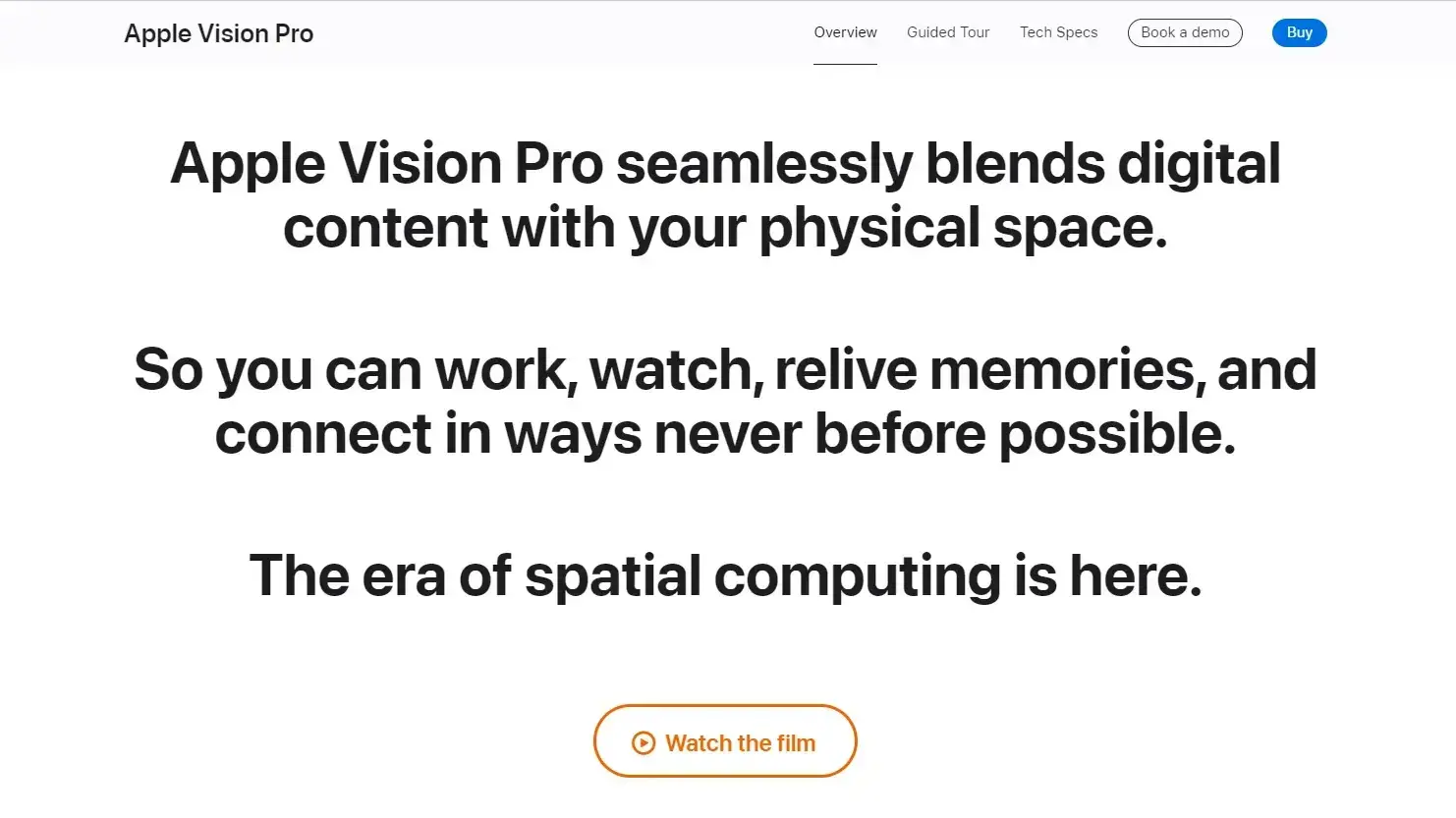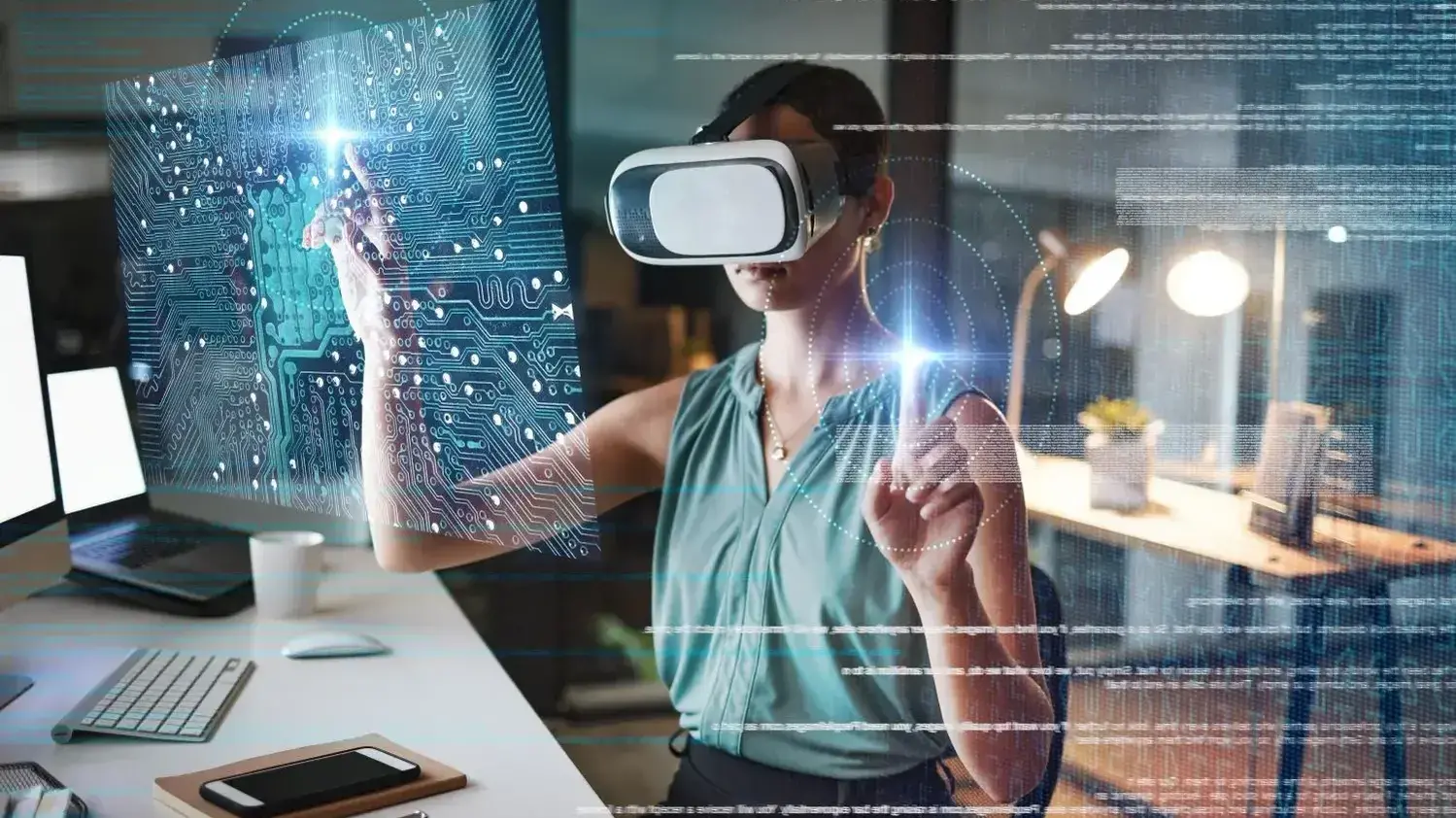Modern technology has a standard story of the evolution of computers. It starts with enormous machines and moves to microchips but the act of computing has a long history. History students are quick to remind technocrats that there were ancient astronomers who deduced the earth's size and motion, using computations.
Whether you choose to agree with these historians about the genesis of computing, what everybody can agree on is that computing has been the cornerstone of technology, from the use of antiquated tools like the Abacus to more recent modern advances.
Just imagine life without the current advancements like; modern processors, smartphones, AI systems, and cloud services. These technologies are today very integral to our daily lives, shaping the way that we live, communicate and work.
This modern form of technological power has played a huge role in technology and innovation. It is the process of using computers and technology to carry out tasks, solve problems, and improve the capacity of systems and processes across numerous fields.
Computing has created a relationship between the digital and the physical world via spatial computing. We’ve seen the development of virtual and augmented reality all possible with computing - we’ve evolved from using 2D graphics to using 3D graphics, high-performance CPUs, and GPUs to say the least.
Therefore, we can state that spatial Computing is an evolution of computing that combines the physical world and digital technology.
Now, let’s explore the broader scope of spatial computing.
What is Spatial Computing?
According to Bernard Marr, Spatial computing is VR and AR on steroids, which is quite an interesting way to put it.
Essentially, the combination of Virtual Reality and Augmented reality creates a means for physical spaces to interact with the virtual world.
Spatial computing can also be defined as an evolving form of computing that combines the physical and virtual world experiences, using various technologies allowing real-time interaction and immersive experiences.
The field combines augmented, virtual, and mixed reality technology, allowing humans and computers to interact in three-dimensional environments.
Augmented reality
Augmented reality is an interactive experience in which real-world environments are enhanced with computer-generated 3D contents including; visual, auditory, haptic, olfactory, and somatosensory elements.
Virtual Reality
Virtual reality is a simulated experience that uses modelling and simulation to immerse users in a computer-generated environment allowing them to interact as if they would in real life.
Mixed Reality
Mixed reality is the blend of virtual and augmented reality allowing users to immerse themselves and interact with digital elements within the real world.
The Apple Vision Pro headset released February 2, 2024, is a mixed-reality headset that combines AR and VR elements. According to apple's brand statement boldly written on its official website “The era of spatial computing is here”

Apple Vision Pro seamlessly blends digital content (virtual) with your physical space (reality), and users can work, watch, and relive memories via the headset.
It blends visual content with physical space; users can navigate interfaces using their hands, voice, eyes, and facial expressions.
Apart from Apple Vision Pro, other devices that offer similar capabilities include; Microsoft HoloLens, Magic Leap, and Meta Quest Pro.
In spatial computing, human and technological interaction occurs as if it is taking place around physical environments, and physical bodies instead of via computer screens.
For example, you can create virtual interior designs using the IKEA Place app, allowing you to visualise the design with real-life objects before bringing the design to life with physical objects.
Other examples of spatial computing include;
How Spatial Computing Works
Spatial computing uses advanced technologies to understand, interpret, and manipulate spatial data allowing the integration of the physical and digital world with the use of different technologies including;
Computer Vision: Computer vision enables computers to process, analyse, and understand data from cameras, images, videos, etc. It allows a spatial computing system to interpret and understand data in an environment.
This includes tracking objects, faces, and gestures making it possible for the digital and physical world to interact.
Sensor Fusion: Sensor fusion involves data from various sensors or a combination of sensory data from cameras, GPS, accelerometers, etc. Systems can understand their environments by the integration of sensor data which leads to making precise analyses and decision-making.
Simultaneous Localization and Mapping: This technology creates 3D maps of the environment, and determines the position of the system within the environment.
Haptic Feedback Systems: Haptic feedback or simply haptics is controlled vibrations at set frequencies to provide or stimulate the sense of touch in a digital environment.
Spatial systems use haptic feedback to enhance immersive experience, by providing tactile sensations like vibrations or shocks mimicking real human sensations. For instance, in a digital game, users get a shock when their character is hit which simulates pain making playing the game more realistic.
Machine Learning: Machine learning algorithm analysis datasets to find patterns, predict users' actions, and automate processes. In spatial computing, this technology allows systems to learn from users' patterns further enhancing effectiveness and accuracy.
Immersive User Interface: Immersive user interfaces provide intuitive and engaging ways for users to interact with digital content within a three-dimensional environment.
These interactions could be grabbing a virtual object or moving objects around, using voice commands or natural gestures, etc. Examples include VR headsets, AR glasses, Interactive Digital tables, etc.
Leveraging Spatial Computing
Spatial computing can be leveraged in various ways including;
Enhancing user experience and engagement: Mixed reality can produce engaging content, for example, product demonstrations for customers which include interactive simulations, and visual tours for entertainment or educational purposes.
Design and Prototype Process: Spatial computing tools can create and manipulate 3D models for products, buildings, or other environments before being produced or built physically. Teams can also collaborate on projects irrespective of location improving decision-making and collaboration.
Training and Education: Immersive training programs with AR, VR or MR can stimulate real-world scenarios such as medical procedures, learning, emergency response, etc. This creates a controlled space for learning allowing individuals to understand complex processes and learn how to use complicated tools effectively.
Productivity: Spatial computing enables collaboration in a virtual space, allowing teams to work together worldwide. It is also beneficial for providing real-time data which can be used for tasks like performing repairs or receiving real-time guidance on manipulating a product.
Operational Efficiency and Maintenance: Spatial computing technology can improve operational workflows.
By streamlining operational procedures, manifest Software improves workflows so that projects are completed more accurately and consistently. This makes it easy for Deskless workers to document maintenance and operational procedures, follow step-by-step work instructions, remotely collaborate with experts, and analyse job performance and history
Use Case of Spatial Computing
Different use cases of spatial computing include;
Medical Education: Augmented Reality and Virtual reality can be used for medical training, by using immersive simulation technology, medical personnel can practise surgery or other medical procedures without requiring a real patient.
Surgical Operation: Spatial computing systems can be used to display information accessible to surgeons during surgery for instance AR systems can be used to display patients' vitals, surgical plans, etc in the surgery centre.
Surgeons can access essential data while focusing on the patient. Also, these systems may provide zooming functionalities to help surgeons zoom in on intricate areas or structures of the anatomy.
Gaming and Entertainment: Spatial computing enables immersive gaming and entertainment experience, allowing users to feel like they're a part of the game, and experience it as if it's happening in real life. This makes it more thrilling and exciting.
Mental and Behavioural Health: Cedars-Sinai behavioural health app called Xaia launched on Apple Vision Pro. It is an application that uses the capabilities of Apple Vision Pro to help patients with mental health assistance.
According to a post on Cedars Sinai's official website, Xaia is a way to offer patients self-administered, AI-enabled, conversational therapy in relaxing spatial environments like a creek-side meadow, or a sunny beach where patients can perform breathing exercises and meditation.
A trained digital avatar is also programmed to simulate a human therapist.
Architecture and Design: 3D modelling and visualisation can allow architects to create detailed realistic and immersive 3D models of structures, spaces, and other architecture.
Clients can be given a virtual tour of the structure or building virtually to see what it would look like when brought to life. Also, designers can interact with design prototypes, make adjustments, and see the effect of changes in real-time.
Manufacturing: Spatial computing is used in the manufacturing industry to simulate and train new or existing employees in a virtual environment to use and master machinery. It can be used to create and test product prototypes before production.
Limitations of Spatial Computing Technology
Spatial computing is limited in areas including;
Hardware Cost: Spatial computing devices are expensive and cannot be afforded by everyone resulting in low consumer rates.
Device Weight and Battery LifeSpan: The weight of headsets like Vision Pro has brought concerns regarding motion sickness and fatigue when used for an extended period. Also, the battery of these devices only lasts a few hours and would require frequent charging.
Connectivity Issues: These spatial computing devices require reliable internet and network connectivity for real-time data and remote collaboration and often require a significant amount of bandwidth and computational power which may be unavailable.
Limited Application: Spatial computing is still growing, and its applications are too, meaning numerous industries have yet to explore its potential use.
Summary
Spatial computing allows realistic and natural interactions with virtual objects that can be manipulated in ways that appear physical. Objects can be moved around, or be hidden, using handheld controllers, motion sensors, etc.
This technology would transform industries and enhance productivity, safety, collaboration, data accuracy, etc. There are a lot of areas where its use is still being discovered, and as time goes by we’ll see more technology evolve and emerge in this field.
Frequently Asked Questions
What is an example of VR in eCommerce?
An example of VR in e-commerce is the use of virtual reality technology to create immersive product experiences. For instance, customers can virtually try on clothing or explore the features of a product in a three-dimensional space before making a purchase decision.
What kind of services can a virtual assistant provide to business owners?
A virtual assistant can provide a wide range of services to business owners, including administrative tasks, social media management, email marketing, graphic design, and support for e-commerce business operations. Tailoring services to meet the specific needs of online businesses can enhance your offering.
How do AI-driven personalized experiences enhance virtual shopping?
AI-driven personalized experiences in virtual shopping leverage algorithms to analyze user behaviour. This analysis enables tailored product recommendations, personalized advertisements, and a more enjoyable shopping journey, mimicking the level of personalization one might experience in a physical store.
How does AI technology make website building easier?
AI technology makes website building easier by providing drag-and-drop functionality, user-friendly interfaces, and automated features that streamline the process, allowing users to create fully functional websites in just a few clicks.

Jessica Agorye is a developer based in Lagos, Nigeria. A witty creative with a love for life, she is dedicated to sharing insights and inspiring others through her writing. With over 5 years of writing experience, she believes that content is king.
View all posts by Jessica Agorye





















